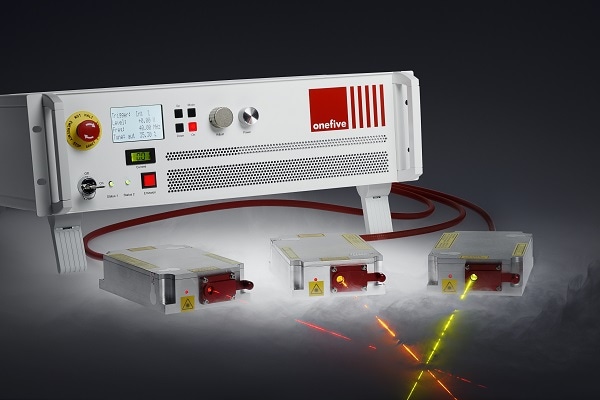Oct 28 2016
The Molecular Microscopy and Spectroscopy group togheter with the Nanoscopy group at the Istituto Italiano di Tecnologia (IIT, Genova, Italy) have significantly reduced the photobleaching effect in STED (STimulated Emission Depletion) microscopy without the reduction of the spatial resolution by combining the time-gated detection technique with the use of the subnanosecond fiber laser Katana HP as STED laser beam [1]. This result brings one step further the development of commercially available super-resolution microscopes.

The Katana HP laser offers the capability to be externally triggered. This capability allows to synchronize and temporally align the STED pulses to the excitation pulses with the simple use of an electronic picosecond delayer. For these reasons, the use of the Katana HP laser as STED laser significantly reduces costs and complexity of a STED microscope with respect to the use of stretched pulses from a mode-locked femtosecond laser.
The STED super-resolution microscopy technique, which was awarded the Nobel Prize in Chemistry in 2014 (Prof. S. W. Hell), makes use of the photophysical properties of fluorescent probes to achieve nanometer-scale spatial resolution, well below the limit imposed by the diffraction of the light. It can thus reveil details that have not been visible before. In particular, STED microscopy is based on the ability to control the fluorescence emission of the probes in time and space by the superposition of a red-shifted STED laser beam to the excitation beam of a conventional microscope.
The picosecond Katana HP platform offers several wavelengths which cover most commonly used fluorophores. In particular it is available at high-power and sub-nanosecond pulse duration in green, yellow, orange, red and infrared. Therefore it can be efficiently used to deplete fluorophores excited in the violet, blue, green and orange. OEM modules are available at 532 nm, 577 nm, 592 nm, 620 nm and 775 nm. Katana HP can be externally synchronized, it offers the versatility of continuously tuning the pulse repetition rate, from pulse on demand up to 120 MHz, it offers a very small foot-print and is extremely robust.
Onefive lasers are designed and qualified for 24/7 operation under harsh environments. A focused product development approach provides a dust-sealed, maintenance-free small footprint product with reliable turn-key operation at a competitive price throughout the complete product fleet. Please visit our webpage to discover our capabilities of ultrafast, industrial lasers: www.onefive.com